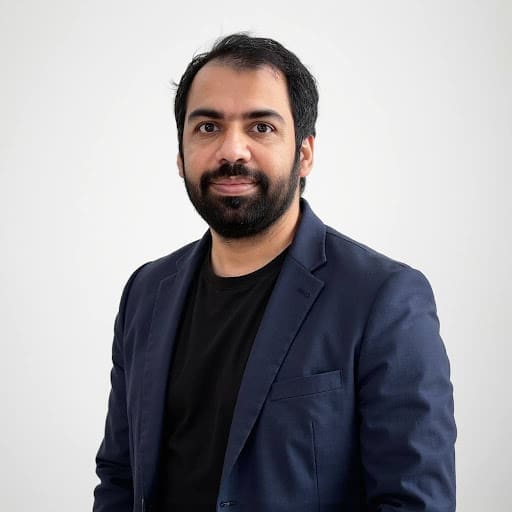Healthcare today is undergoing a quiet transformation, one driven not by hospital expansions or new pharmaceuticals, but by intelligent devices making real-time decisions at the point of care. At the heart of this shift is Edge AI: artificial intelligence deployed locally on medical devices or hospital infrastructure, enabling instantaneous analysis without relying on distant cloud servers. In an industry where seconds matter, Edge AI is becoming a powerful tool for accelerating diagnosis, reducing system strain, and personalizing treatment like never before.
Yashovardhan Chaturvedi, a data and AI expert and a Globee award winner, sees Edge AI as a game-changer not just in tech circles, but for patients worldwide. “The future of healthcare isn’t just digital,” Chaturvedi explains. “It’s local, real-time, and deeply intelligent. Edge AI gives us that rare combination of speed and context that cloud-only systems can’t always deliver.”
From Reactive to Proactive: Diagnosing in Real Time
Traditional healthcare systems rely heavily on centralized data processing. Patient records, diagnostic scans, and biometric readings are typically uploaded, sent to cloud servers, and analyzed before results are returned—a process that can be efficient in urban hospitals but significantly slower in remote or resource-constrained areas.
Edge AI changes that. Devices embedded with machine learning models can now analyze medical images, detect cardiac irregularities, or flag critical blood sugar levels directly on-site. This reduces latency and enables faster clinical decision-making.
“We’re already seeing devices like portable ultrasound scanners and smart ECG monitors equipped with onboard AI that can triage patients before a human even intervenes,” says Chaturvedi. “That’s not just innovation—it’s impact.”
Personalized, Context-Aware Care
Edge AI also brings the promise of deeply personalized medicine. Unlike cloud platforms that require steady connectivity and uniform environments, edge systems can adapt to localized health trends, patient history, or environmental factors—making care more accurate and relevant.
“Edge systems don’t just process data; they learn from context,” Chaturvedi, who also has a patent titled System and method for real time control of an autonomous device, notes. “In the case of a wearable health monitor, for example, it’s not just passively recording vitals—it’s analyzing fluctuations in real time, spotting trends, and triggering alerts tailored to that individual’s baseline.”
This kind of adaptive intelligence could be particularly transformative in managing chronic illnesses like diabetes or cardiovascular disease, where constant monitoring and timely interventions are critical.
Scaling Smart Infrastructure in Hospitals
Beyond wearables and remote tools, Edge AI is also finding its way into the hospital itself. From AI-driven triage kiosks in emergency rooms to intelligent ICU monitors that predict equipment failures or patient deterioration, hospitals are increasingly operating as smart systems.
Chaturvedi, has been involved in discussions around scaling digital innovation responsibly in India’s healthcare ecosystem. “We need to design systems that are not only scalable, but fail-safe and privacy-conscious,” he explains. “Edge AI brings us closer to that ideal by processing data securely at the source.”
Laying the Groundwork for the Future
In his scholarly paper titled Evaluating the Performance of SQL-Based vs. Python-Based Data Processing in Cloud Computing for Machine Learning Applications, Chaturvedi explored the performance trade-offs in different data processing paradigms—insights that now inform how edge systems are optimized for speed and precision in real-world healthcare use cases.
“The question is no longer whether AI belongs in healthcare,” he concludes. “It’s how close to the patient we can safely and effectively deploy it.”
As Edge AI continues to mature, its role in healthcare will expand from diagnostics to triage, chronic care to critical emergencies. And for technologists like Yashovardhan Chaturvedi, the goal is clear: build systems that are not only intelligent, but deeply human in how and where they deliver care.

